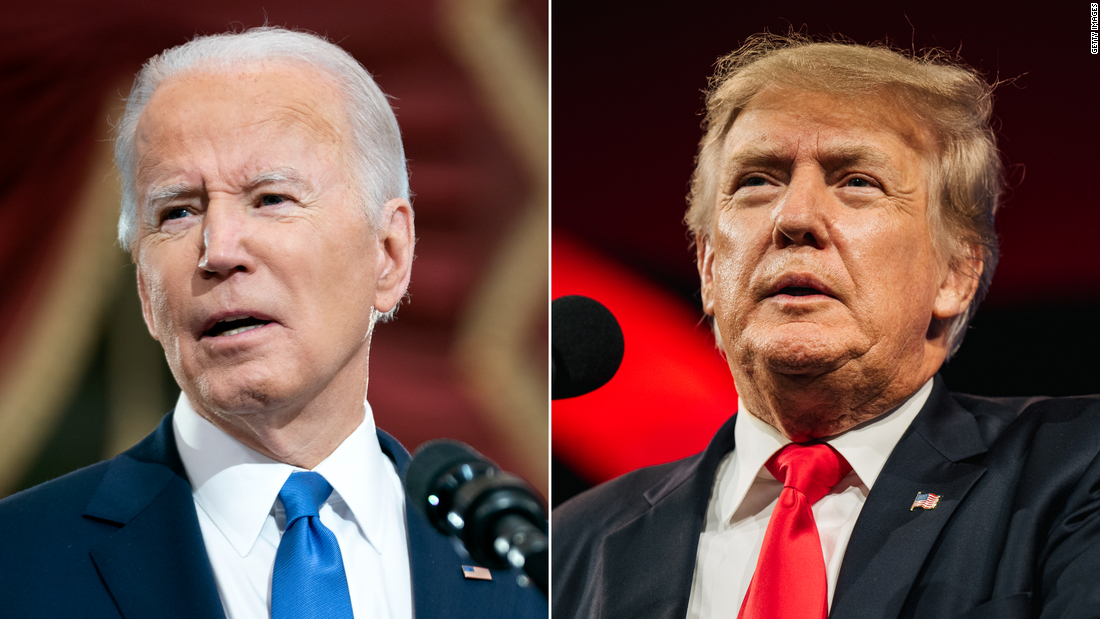The President has rejected Trump’s request to shield White House visitor logs, including for Jan. 6
The National Archives provided these documents to the current White House for review in late January, and they include “visitor logs showing appointment information for individuals who were processed to enter the White House complex, including on January 6, 2021.”
Remus explained the administration’s decision by noting that, while Trump decided to block the visitor logs from public view on claims about national security, the Biden administration “voluntarily discloses such visitor logs on a monthly basis,” with some exceptions.
“The Obama administration followed the same practice. The majority of the entries over which the former President has asserted executive privilege would be publicly released under current policy,” Remus wrote.
It remains unclear how detailed the visitor logs were under the Trump administration or what the documents could reveal to the committee.
White House visitor logs are compiled from information submitted by individuals who have made an appointment to visit the White House, but the extent to which they can reveal the inner workings of the building can be limited.
Anyone without a permanent pass to enter the complex — which includes the White House itself but also several adjacent office buildings — must submit personal details to be cleared in. Usually, an assistant in the office they are visiting handles the process through the White House Worker and Visitor Entry System (dubbed WAVES).
In submitting the clearance information, details are included like who the appointment is with, what date and time it is scheduled for, and where on the complex it is to take place, down to the room number. The Secret Service processes the information, and officers check it against the visitor’s ID when they arrive at one of the White House gates.
That is where visibility derived from the logs ends. If a visitor is cleared in to meet with one individual, but ends up meeting with other officials, that would not appear in the logs. If the person shows up at a different time, or doesn’t show up at all, the entry would still be included with the original time and date. While the entry may show a visitor scheduled for a meeting in the Eisenhower Executive Office Building, it is possible they ended up in the Oval Office — escorted by someone who works in the building.
Similarly, records of who visits the White House residence can be limited. While those visitors would also be required to submit their information through the WAVES system, both the Obama and Biden administrations excluded visitors deemed “purely personal guests of the First and Second Families (i.e., visits that do not involve any official or political business)” from their voluntary disclosure.
Remus also notes the committee has agreed to treat such entries associated with appointments designated as national-security sensitive (“NSS”) or otherwise-highly sensitive (“OHS”) “as confidential and to refrain from sharing or discussing such entries outside the Select Committee without prior consultation.”
Previously, Trump tried to keep secret “appointment information showing visitors to the White House,” according to court records in his executive privilege fight that went to the Supreme Court. The House ultimately won access to those records, which made up fewer than 30 pages.
The Supreme Court’s order effectively moots Trump’s pending appeal in the case that centered on keeping the documents secret. Lawyers for Trump say the documents are sensitive and privileged records.
This story has been updated with additional information.
CNN’s Ariane de Vogue, Katelyn Polantz and Tierney Sneed contributed to this report.
![]()


